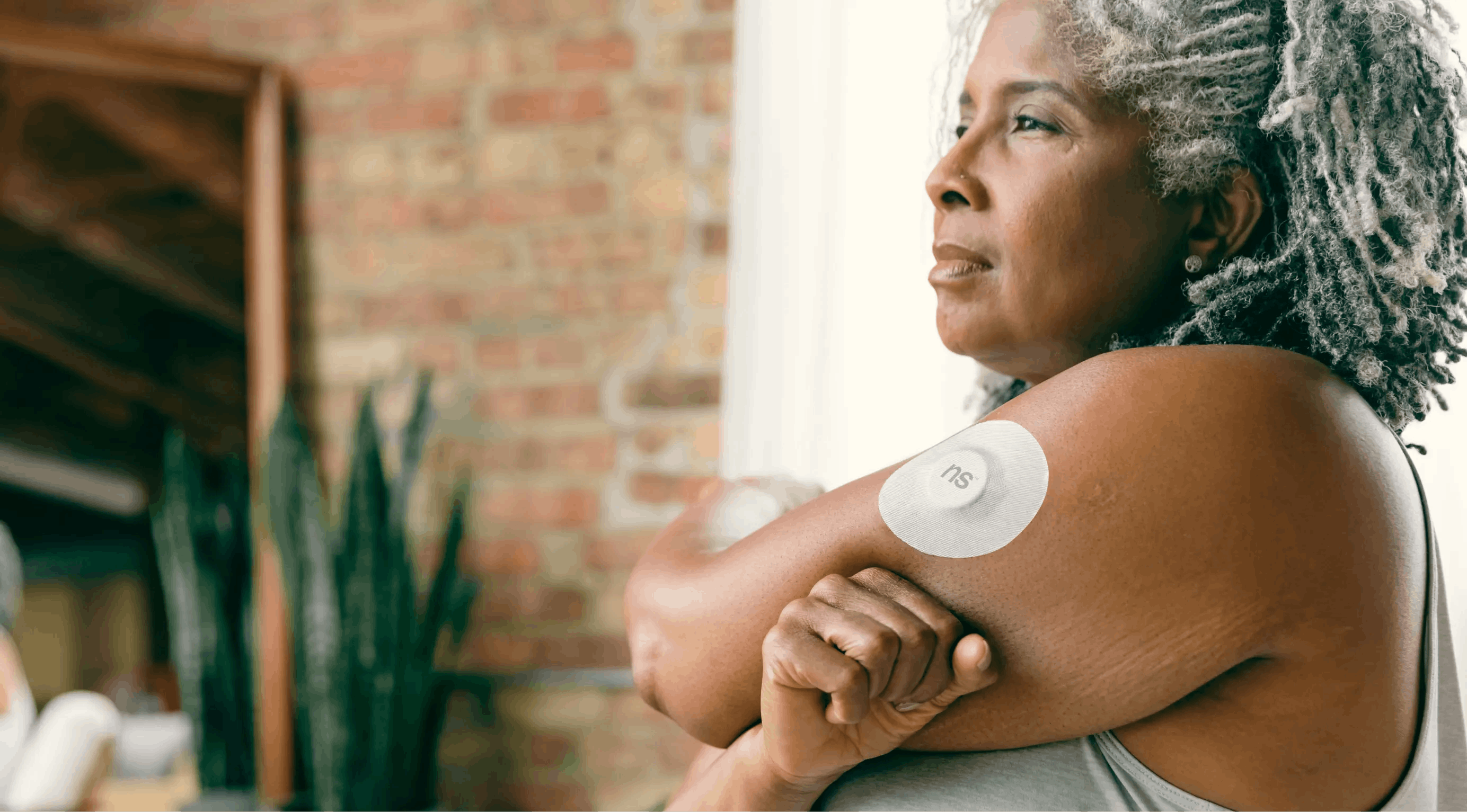
Woman Using a CGM Machine
Source: https://www.pexels.com/@nutrisense-inc-683752192/
CGM refers to continuous glucose monitoring that works by periodically measuring the glucose level of its user [11]. Glucose monitoring is essential for prediction and prevention of diabetes and other related conditions [19]. It is aimed to improve precision, repeatability, wearability, and accessibility to users and is cost-effective and non-invasive [11].
There are many types of CGMs, many that are commercialized and many that are in testing. Commercialized examples of CGMs include FreeStyle libre, Dexcom G5 mobile, and Medtronic guardian connect, all of which measure blood glucose levels as often as every 5 min (288 times per day) [11]. However, commercialized CGMs lack sensor life, lasting up to 2 weeks maximum, and have price ranges from $84 up to $775 per year [11].
CGMs in testing aim to monitor chemical components in matrix samples (e.g. sweat, urine, interstitial fluid, tears, saliva) to provide a close estimate of glucose levels that would be present in the bloodstream [11]. These aim to improve the flaws of commercialized CGMs, with the main challenge being sensitivity to high or low glucose concentrations [11]. For example, an enzymatic biosensor utilizing metallics electrodes and microneedle technology is able to penetrate the superficial vascular plexus as opposed to subcutaneous tissue [11]. This overall reduces invasiveness and pain typically observed in traditional methods (discussed further in design criteria).

Graphical abstract of wearable CGM biosensors that monitor/estimate glucose levels in these respective fluids
Source: 10.3389/fbioe.2021.733810
References:
[11] L. Johnston, G. Wang, K. Hu, C. Qian, and G. Liu, “Advances in Biosensors for Continuous Glucose Monitoring Towards Wearables,” Frontiers in Bioengineering and Biotechnology, vol. 9, Aug. 2021, doi: https://doi.org/10.3389/fbioe.2021.733810.
[19] W. K. Ward, “How to Design a Biosensor,” Journal of Diabetes Science and Technology, vol. 1, no. 2, pp. 201–204, Mar. 2007, Available: https://www.ncbi.nlm.nih.gov/pmc/articles/PMC2771472/